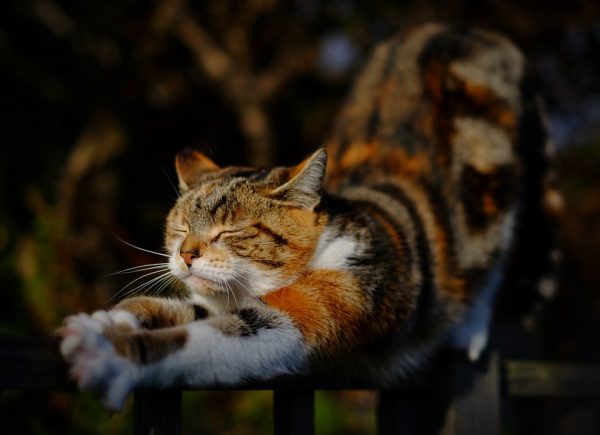Summer plants and flowers look appealing and beautiful. However, some plants can be potentially deadly for your pet cat if they come in contact with them. If you plan to put plants in the garden or have them inside your house, you should ensure they are not toxic to your pets.
Cats are often careful about what they eat. If your cat is young and curious, it can choose to nibble on toxic plants. If you suspect your pet has eaten a poisonous plant or flower, you should immediately take it to the vet.
Most pet owners are completely unaware of the plants and flowers that are toxic to their pets. Knowledge about the different species of plants that are toxic to your pet will help avoid unnecessary complications.
It’s also worth noting that some fertilisers, pesticides, and other gardening products can also be toxic to cats. So it’s essential to be aware of the ingredients and usage instructions of any products you use on your plants to ensure they are safe for your cats.
Some Of The Most Toxic Plants For Cats
-
Lilies
All parts of the lily plant are toxic for cats. Lilies, in particular, are extremely harmful to cats. Even though your pet cat might not be interested in eating this plant, it is always a risk if they come in contact with it.
Several types of lilies are considered toxic to cats. These include the tiger lily, Easter lily and other species of the lily family. Even small parts of the lily plant can be extremely toxic if ingested. It can result in severe poisoning.
-
Spring Crocus
All parts of this plant are toxic. If ingested or eaten, it causes diarrhoea, vomiting, kidney damage, and even death in some cases.
-
Tulips
Tulips are members of the lily family and are toxic to cats. Tulipalin A and Tulipalin B are toxins found in tulip bulbs. See immediate vet assistance if you suspect your pet to have eaten any part of the plant.
-
Sago Palm
This ornamental house plant is toxic to cats. The entire plant is dangerous, but the nuts are the most toxic.
-
Castor Beans
Ricin is poisonous and is found in the bean of the castor oil plant. All parts of the plant are toxic to pets. Even tiny amounts will poison your cat. If your cat eats even a small part of the plant, it can cause tremors, twitching, coma, seizures, and death.
-
Daffodil
The whole plant is poisonous to cats. The bulb of the plant is the most dangerous part of the plant. The outer layer of the bulb contains tiny crystals of toxins. It can trigger diarrhoea, vomiting, breathing problems, and abdominal pain.
-
Hyacinths
The plant is popular in the UK for its bright colours. The leaves, flowers, and bulbs are harmful even in small quantities. Vomiting and irritation are common in pets that have ingested the plant.
-
Oleander
The ornamental shrub is harmful to your pets. The entire plant is poisonous. The reactions can be sudden and severe if your pet has eaten the plant.
-
Cyclamen
Even though the entire plant is poisonous to cats, the roots are the most dangerous. Some cats have the habit of digging; if they dig and eat even a tiny part of the root, it can be fatal for your pet cat.
-
Autumn Crocus
This is highly toxic and can cause severe vomiting, liver and kidney damage, and respiratory failure. Symptoms are often immediate but can be delayed for days. If you think your cat may have eaten one of these, take them to the vet immediately.
-
House Plants
If you're bringing a plant into your home, it's always best to double-check to see if it's dangerous for your feline first. Cats are more likely to chomp on house plants, and it may surprise you, but there's a wealth of them that have the potential to be poisonous.

